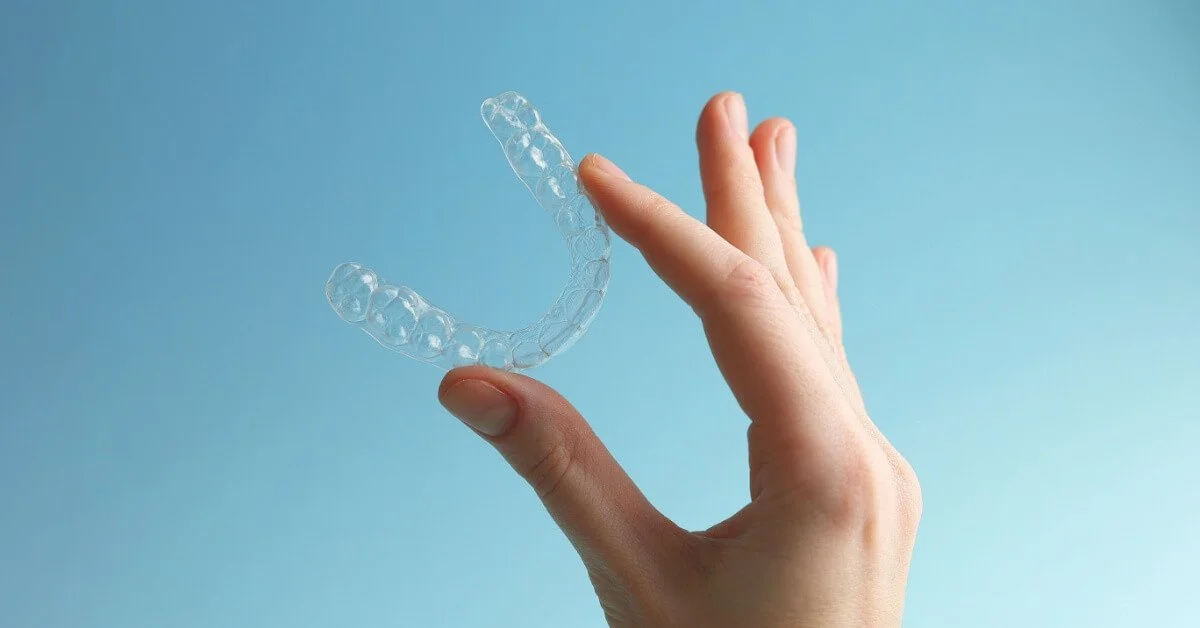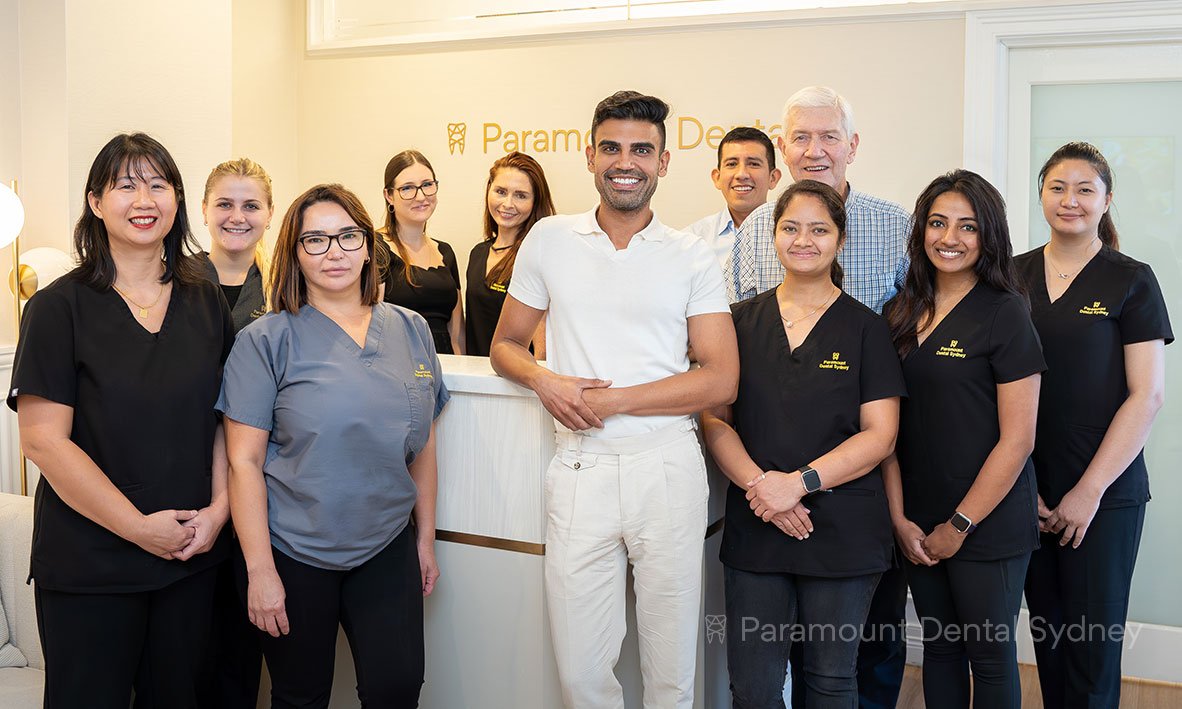Straighten your teeth in style with Invisalign
Invisalign has revolutionised orthodontics by offering a discreet and convenient alternative to traditional metal braces. Because it effectively straightens teeth without the discomfort and aesthetic concerns associated with metal brackets and wires, Invisalign has become a popular choice for both teens and adults.
But how exactly does this innovative system work? This blog will explore the step-by-step process of Invisalign treatment, its benefits, and what to expect during the journey to a perfect smile.
What is Invisalign: The Basics
Invisalign uses a series of custom-made, clear plastic aligners to gradually move teeth into their desired positions. These aligners are made from a patented thermoplastic material called SmartTrack and are designed for comfort and precision.
Unlike traditional braces, Invisalign aligners are virtually invisible and can be removed for eating, brushing, and flossing, making them a convenient option for individuals with active lifestyles.
Benefits of Invisalign
Discreet Appearance: Invisalign aligners are clear and virtually invisible, making them an excellent option for individuals who want a more discreet orthodontic treatment.
Comfort: Made from smooth plastic, Invisalign aligners are comfortable to wear and less likely to cause irritation than traditional metal braces.
Convenience: The aligners can be removed for eating, brushing, and flossing, allowing for easier oral hygiene maintenance and no dietary restrictions.
Predictable Results: Advanced 3D imaging technology allows patients to see the expected results of their treatment before they even start.
Fewer Office Visits: Invisalign requires fewer check-ups compared to traditional braces, making it a convenient option for busy individuals.
Step 1: Initial Consultation
The first step in the Invisalign process is an initial consultation with an orthodontist or a dentist trained in Invisalign treatment. During this visit, the orthodontist will assess the patient's teeth and determine if they are a good candidate for Invisalign.
This assessment typically includes a thorough examination, X-rays, and photographs of the teeth.
Step 2: Custom Treatment Plan
If Invisalign is deemed suitable, the next step is to create a custom treatment plan. Using advanced 3D imaging technology, the orthodontist will take a digital scan of the patient's teeth. This scan creates a precise, digital model of the teeth and jaw.
The orthodontist can map out the exact movements required to achieve the desired results with this model. The treatment plan also includes a visual representation of how the teeth will move at each stage of the treatment, allowing patients to see the projected outcome before they even start wearing the aligners.
Step 3: Fabrication of Aligners
Once the treatment plan is finalised, the digital model is sent to the Invisalign laboratory, where the custom aligners are fabricated. Each set of aligners is designed to move the teeth slightly closer to their final position.
Typically, patients receive a new set of aligners every one to two weeks, depending on the complexity of their case and the orthodontist's recommendations.
Step 4: Wearing the Aligners
Patients are required to wear their Invisalign aligners for 20 to 22 hours a day, removing them only for eating, drinking (anything other than water), brushing, and flossing. The aligners apply gentle, constant pressure to the teeth, gradually shifting them into the desired position.
Because the aligners are made from a smooth plastic material, they are generally more comfortable than traditional braces, with fewer instances of irritation and soreness.
Step 5: Monitoring Progress
Regular check-ups with the orthodontist are an essential part of the Invisalign process. These appointments, typically scheduled every six to eight weeks, allow the orthodontist to monitor the patient's progress and make any necessary adjustments to the treatment plan.
During these visits, patients may receive new aligners and examine their teeth to ensure everything is moving as expected.
Step 6: Refinement Phase
In some cases, after the initial series of aligners has been completed, additional refinements may be needed to achieve the perfect smile.
This refinement phase involves wearing additional aligners to fine-tune the positioning of the teeth. The orthodontist will assess the results and determine if further adjustments are necessary.
Step 7: Retainers
Patients must wear retainers to maintain their new smile once the treatment is complete and the teeth are in their final positions. Retainers are custom-made devices that prevent the teeth from shifting back to their original positions.
The orthodontist will provide specific instructions on how often to wear the retainers, which may be full-time initially and then reduced to nighttime wear.
Straighten your teeth with Invisalign
Invisalign offers a modern, flexible, and effective solution for straightening teeth without the hassle and visibility of traditional braces.
Whether for cosmetic reasons or to improve dental health, Invisalign provides a path to a beautiful, confident smile. If you're considering Invisalign, book in with one of our experts here.
Looking For Friendly Dental Care In Sydney CBD?
Contact our team :)






